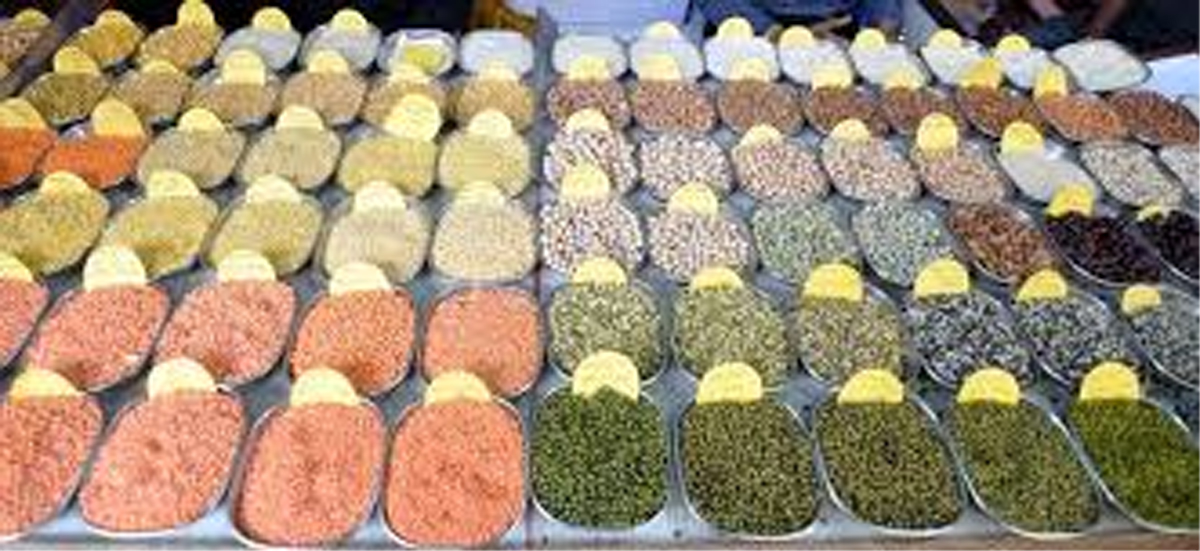HYDERABAD, Apr 30: In a breakthrough, scientists have successfully completed sequencing of 429 chickpea lines from 45 countries to identify genes that are tolerant to drought and heat, the ICRISAT said Tuesday.
For instance, India, the biggest consumer of pulses in the world, faces increasing production gap. This new research could take India closer towards attaining self-sufficiency in pulse production, it said.
The study also confirms that chickpea came to India from Fertile Crescent of Mediterranean via Afghanistan and may have been introduced back to the primary centres of origin after 200 years, it added.
“This is the largest-ever exercise of whole-genome re-sequencing of chickpea… What this means to the agricultural community is potential development of newer varieties of chickpea with higher yields, which are disease-and-pest-resistant, and better able to withstand the vagaries of weather,” the ICRISAT said in a statement.
The International Crops Research Institute for the Semi-Arid Tropics (ICRISAT) said it led a team in close collaboration with the BGI-Shenzhen, China, involving 39 scientists from 21 leading research institutes world over.
“The genome-wide association studies identified several candidate genes for 13 agronomic traits. For example, we could identify genes which can help the crop tolerate temperatures up to 38 degree celsius and provide higher productivity,” said Rajeev Varshney, project leader and research programme director (genetic gains), ICRISAT.
More than 90 per cent of chickpea cultivation area is in South Asia. Drought and increasing temperatures are said to cause more than 70 per cent yield loss in chickpea globally. Chickpea being a cool season crop is likely to suffer further reduction in productivity due to rising temperatures.
“This new-found knowledge will enable breeders to enhance the use of diverse germplasm and candidate genes in developing improved (climate-change ready) varieties that will contribute significantly to the increased productivity and sustainability of agricultural development in developing countries,” ICRISAT Director-General Peter Carberry said.
The study established a foundation for large-scale characterisation of germplasm, population genetics and crop breeding. It also helped understand domestication and post-domestication divergence of chickpea.
The study mapped the origins of chickpea and its ascent in Asia and Africa. It also speculates about the possible introduction of chickpea to the New World directly from Central Asia or East Africa rather than the Mediterranean. (PTI)


